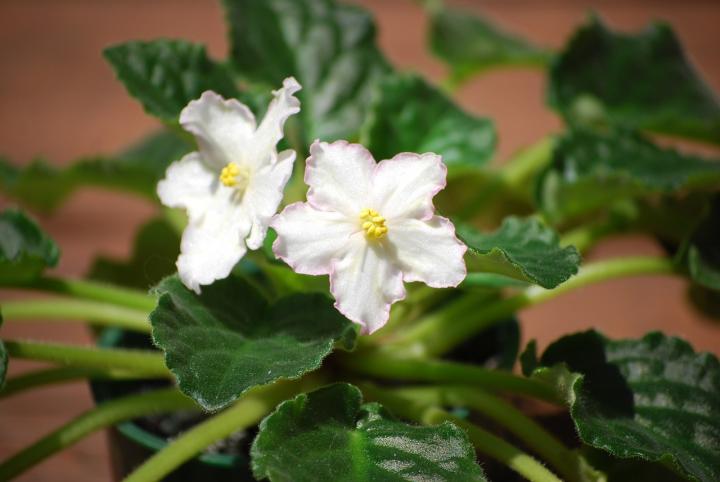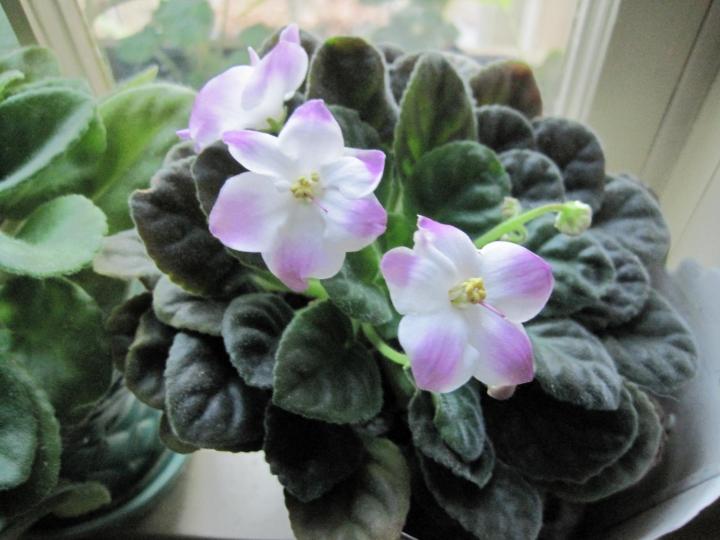
How to Care for African Violets in Winter
The Almanac Garden Planner - Use It Free for 7 Days!
Plan your 2025 garden with our award-winning Garden Planner.
ADVERTISEMENT
I have an African violet that I have transplanted several times. It was given to me by my granddaughter 38 years ago It is beautiful.
Thanks for sharing, Kathy! I bet it is beautiful!
I have two plants in one pot that seem to be growing up, against each other - I am afraid if I try to separate them, I will kill them both. Any suggestions would be so helpful.
My violets have done beautifully since I received them in 2014 but recently have been struggling - not flowering and losing leaves. They seemed to begin to recreate themselves with almost replacing all the large leaves with new growth then began to lose all of them. Much of their 'stem' was exposed from growing and losing leaves so I added soil to the base. This was when the new growth then the subsequent leaf loss took place. One plant is doing ok, the other is fading. Any help? I have only periodically fertilized and they do drain and don't sit in water. I water once a week to two weeks and they have south east sun where they've always been content.
Please help!
How regularly do I water
How regularly do I water
My sister has 2 plants that were our fathers as near as we can guess they are 40 years or more old We have had them for 25 yrs. How long can they live.
The bottom leaves are all turning brown and curling up. What is happening to my plant?
What do I do (I already turn it regularly)?












